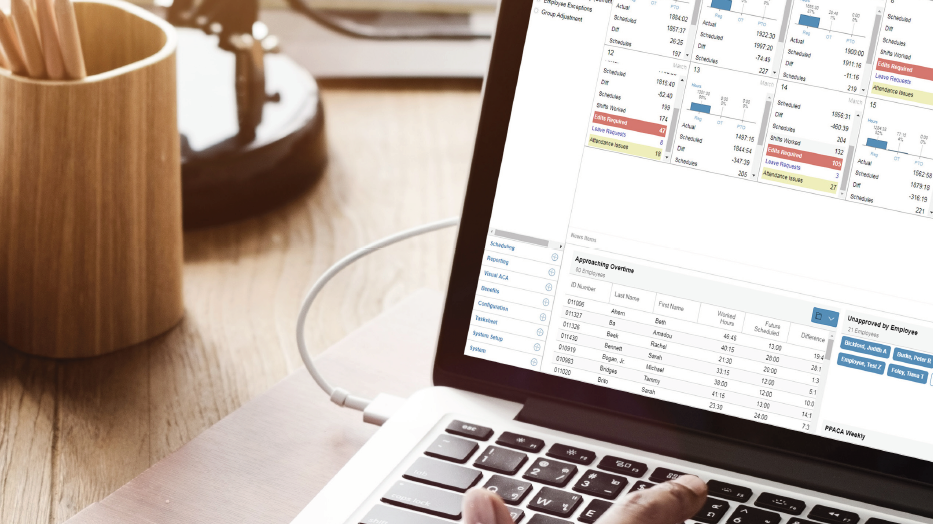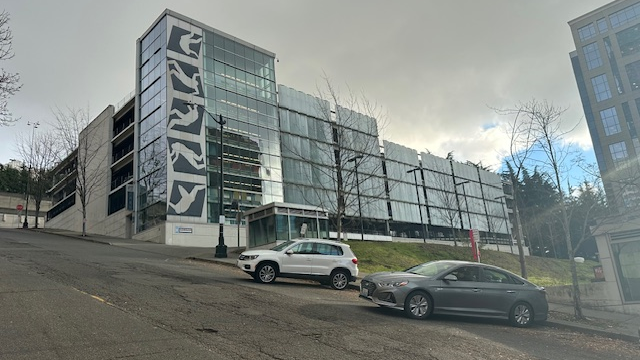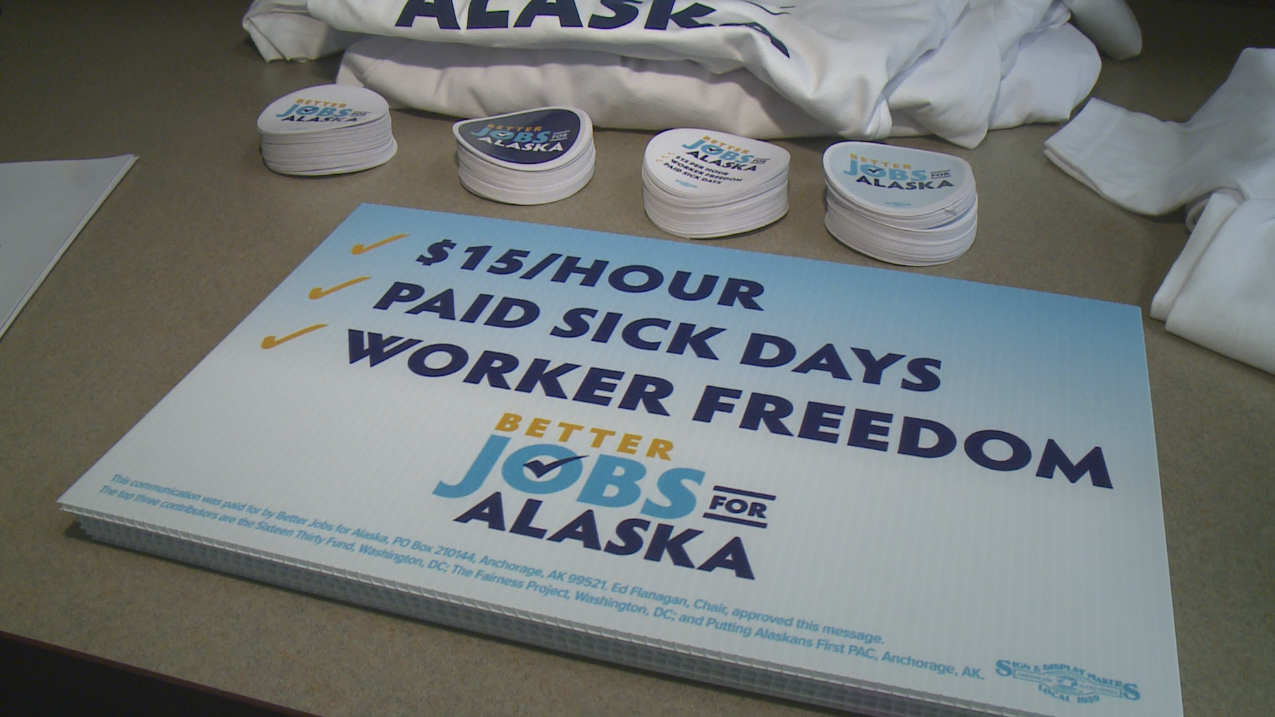In the shift-based workforce, employee scheduling is more important than ever before. A study from the University of California at Hastings and University of Chicago found “more schedule stability increased both sales and labor productivity, signaling a high return on investment. More stable schedules are a win-win for both retailers and their employees.”
In contrast, Flexible Scheduling is a significant factor when choosing an employer especially among Gen Z. Nearly 60% of today’s workforce believes that having flexibility is a right, not a benefit. In a recent Pew Research Survey, 72% of Gen Z respondents said flexibility was the leading criteria for choosing a job.
To balance the case for more stable schedules and managing flexibility requires the use of technology. Managers must be able to anticipate shift needs and employee availability while communicating this to employees.
Technology must answer these questions to assist schedulers in managing their workforce:
- Tracking Needs
- What are the shifts that we need covered?
- When and where are they?
- How many employees are needed for each shift?
- What skills and/or qualifications must employees possess for given shifts?
- Are there federal, state, or industry staffing requirements to adhere to?
- Availability
- What are employees’ current positions and qualifications?
- Is there an easy way to request time off and integrate it into the schedule?
- Who is available to cover someone who calls out or is on vacation?
- Communication
- How do I communicate the schedule and any changes to employees?
- Can employees communicate to members of their team to trade shifts?
- How do employees let supervisors know their availability?
- Can employees see this information on their phone?
- Last Minute Changes
- Is there an efficient way to ask employees to pick up an open shift?
- Can I move people to another location or department without difficulty?
- Can I easily adjust my need and find available employees for a last minute order, customer rush or promotion?
- Reviewing Trends
- What have your shift needs been in the past period?
- In what areas have you required more or less employees than you anticipated?
- Who has been the most and least reliable?
- Is there a pattern in employee’s schedule I can use to automatically fill the next schedule?
In summary, while employee scheduling comes with many hurdles, technology lets you leap over them with streamlined processes, greater precision, and enhanced communication. Powerful scheduling software can do wonders for your organization, improving profitability and the lives of managers and staff alike.
Do you need better technology to help with your schedules?
Visual Scheduling, offered by Time Equipment Company, defines your ongoing needs for each position. It finds the best-fit candidate by filtering based on your criteria such as availability, qualifications, graphical location all while avoiding overtime.
For more information on Visual Scheduling with WorkSync, contact Time Equipment Company at 800-977-8463 or sales@timeequipment.com.










